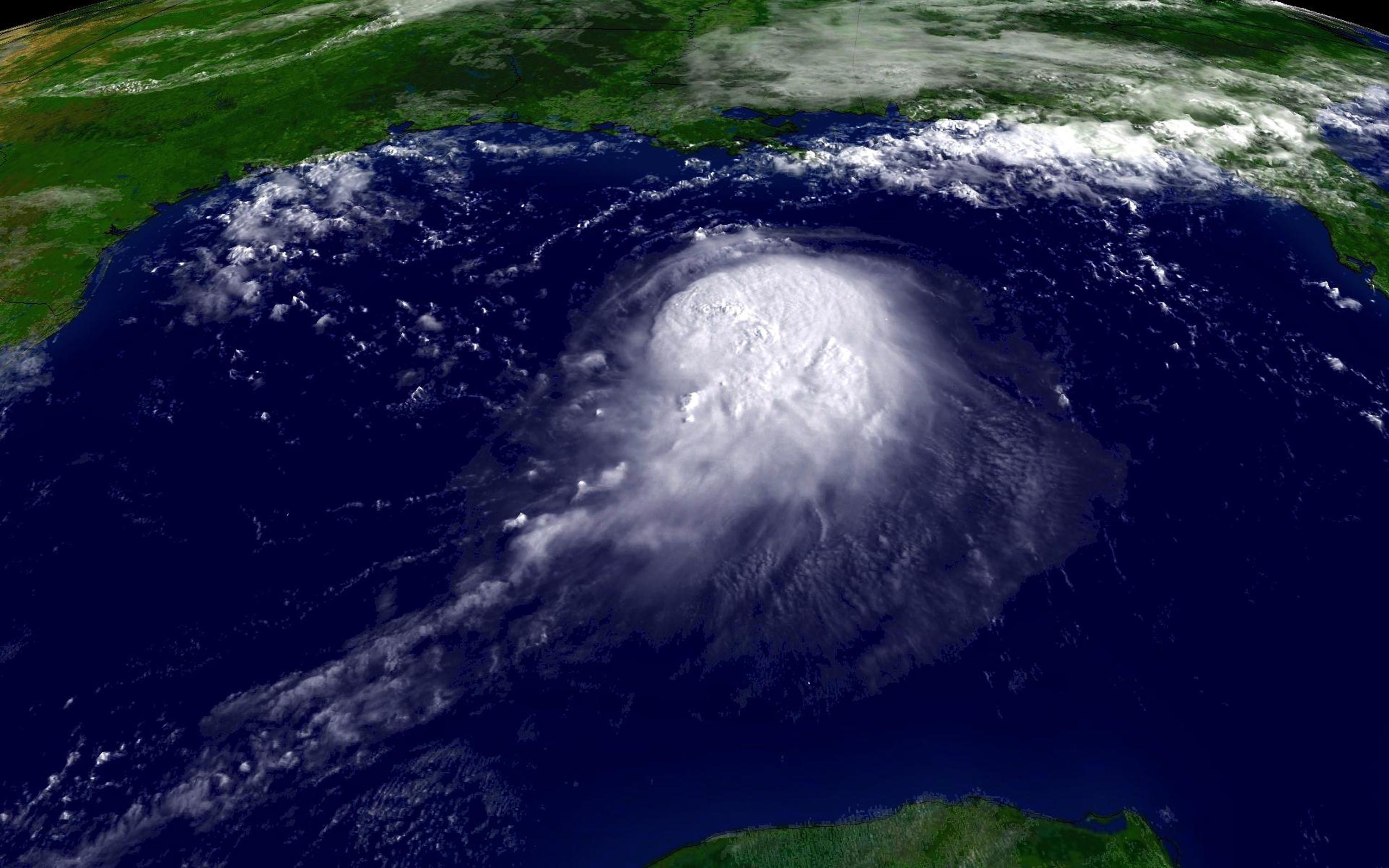When it’s April Fools’ Day, science has no limit: Here are the most ridiculous discoveries ever made up

Who said scientists don't have a sense of humour? Here are some of the most ridiculous April Fools' Day discoveries ever made up in the field of science.
The Loch Ness monster really does exist – but it's now dead
In 1972, a team of eight scientists from Yorkshire's Flamingo Park Zoo made a finding that would transform one of the country's biggest myths into reality.
Determined to prove the existence of the legendary Loch Ness monster, they travelled to the lake with a “hormone sex bait” to try and bring it to the surface.
sl
It didn't take long – while tucking into their breakfast in the dining room of the Foyers House hotel, a member of staff rushed over to inform them of a lump floating towards the edge of the lake. They all flocked to the site, leaving behind their bacon and eggs.
After dragging the thing out of the water, they realised they had found what they were looking for.
One local resident purportedly said: "I touched it and put my hand in its mouth. It's real, all right. I thought it looked half-bear and half-seal… green in color… with a horrific head like a bear with flat ears. I was shocked."
Around the world, newspapers and news stations were quick off the mark, informing viewers and readers of the sad death of the Loch Ness Monster.
Plants can communicate almost as well as humans, thanks to a special device
The biggest breakthrough in plant science ever was made in 1979, after the Kansas Botanical Research Laboratory created a special device that gave plants almost human speaking ability.
The scientists noticed that when plants were exposed to a certain situation, they responded with “vibration waves”, which reflected their feelings. Ferns turned out to be particularly sensitive and responsive plants.

Ferns – a man's best friend? (Source: Getty)
These new signs of a higher awareness in our flowered friends enabled the researchers to create a translation device, turning the waves into audio readouts and vice versa.
"I'm not saying that it's possible to have any great philosophical discussion with the ferms or any nonsense like that," the lead researcher explained, "but we do have some form of two-way communication."
Einstein got it all wrong
When it comes to light and how it travels, the great Albert Einstein was incorrect. The supposed genius claimed light was composed of photons travelling at an extremely fast speed, but in 1984 the electronics instructor Lloyd Stallkamp said the situation was actually quite the opposite – he said it was darkness that was composed of “darkons”, and these were filling up the universe over time.
"All the caves are filled with dark already,” he said. “Outer space is filled with dark already. Once the sun gets filled up, that's it. There's no other place to put it… We can see inside the sunspots that the sun is black inside. So my theory is that the sun is going to fill up with black and become a black hole."
The sky is losing its blueness, turning instead to a russety colour.
The sky's “coefficient of blueness” was found to be rapidly diminishing in 2001. The Mail on Sunday reported that a five year study from the Koenraad University in Amsterdam had identified a decline from 9.3 per cent to 6.3 per cent in the measurement, and it was all because of the effects of air pollution and a thinning ozone layer.
"Particles of airborne pollution are thought to be creating a thick blanket of dirty grey,” the article explained. This, it argued, was preventing the scattering of sunlight as it passed through the atmosphere, making it darker.
"There's an awful lot of pollution, making the sky turn a strange russety colour,” commented astronomer Patrick Moore.

Wave goodbye to a blue sky (Source: Getty)
Carrots can now whistle when fully cooked
Carrots don't only taste nice – they are also able to whistle, and its all because of genetic engineering. In 2002, Tesco placed an advert in The Sun informing readers of this special kind of carrot.
Always with customer needs in mind, the supermarket said the vegetables had been engineered to have tapered airholes in their sides, so that they whistled when fully cooked.
Today is actually tomorrow – the wind made us lose a day
In 2004, the world unfortunately lost a day because of very strong trade winds. A study reported in Nature explained how this increased the Earth's spin, resulting in a slightly shorter day every day over he last century. They concluded that the calendar must therefore be inaccurate.
"Just as February has an extra day in leap years, we conclude that March ought to have 30 days once every 100 years, not 31… If we start the adjustments this year we should be back on track." In other words, "today should be 2 April, not 1 April."

Trade winds are surface winds found in the Tropics (Source: Getty)
Scientists concede that creationism might be how the world began
"Okay, we give up," said Scientific American in 2005. From that point forward, the previously pro-evolution publication said it would give equal space to creationist views.
"This magazine's coverage of so-called evolution has been hideously one-sided. For decades, we published articles in every issue that endorsed the ideas of Charles Darwin and his cronies… Where were the answering articles presenting the powerful case for scientific creationism? Why were we so unwilling to suggest that dinosaurs lived 6,000 years ago or that a cataclysmic flood carved the Grand Canyon? Blame the scientists.”